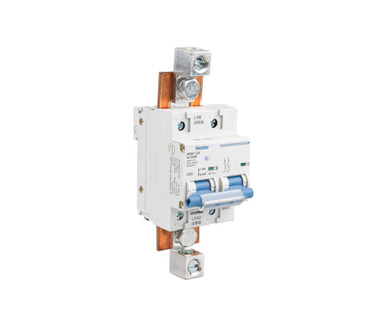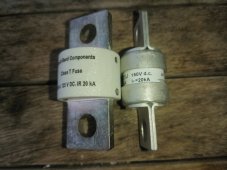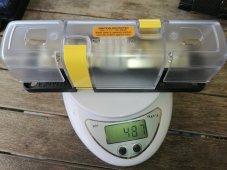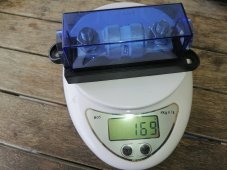Yeah, that whole "very insistent" thing got to me a little as well...then tunnel vision kicked in.I understand it might be an overkill, but there’s a few members here that are very insistent and have me paranoid.And some don’t even want Batteries in their house.
So as I posted, two paralleled batteries (100Ah x 2) per class T fuse. And another class T fuse from the Power In bank to the inverters.
No shunt planned currently.
I am not technically savvy enough to know one way or the other...so I went back to Victron for their take on it. They were pretty clear. Then I went to someone who has done hundreds of installs for their take. I figure that those guys have a universe more technical knowledge than me. And with all those installs...if something wasn't right with their methodology it would have shown up by now. And they both backed up Will's comment about the battery OCP provided by the BMS. Trifecta of sound practical knowledge
I really like that you are stepping outside the box and actually making something. I can appreciate a DIY guy who is hands on. And who knows...maybe you are really on to something! Think patents...and millions
I am really thinking MRBF's on the batteries. But for now I just have to get this upgrade finished...then take a week off from everything!
But please keep me updated on the whole PowerIn / Class-T thing...it sounds really interesting.
{edit} If you get a minute...Why no shunt? What are you going to do for monitoring?









